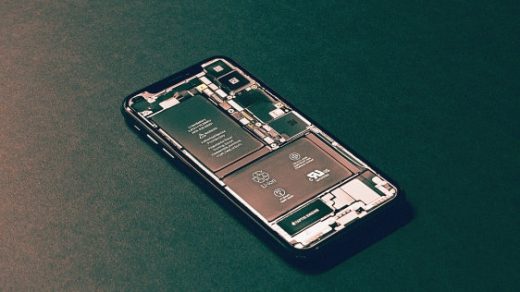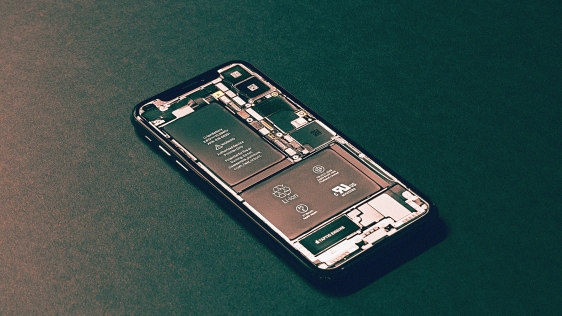Apple Throttling Woes: Blame Small Batteries, Not Planned Obsolescence
Just before New Year’s, Apple admitted throttling down the performance of older iPhones in order to protect and preserve the batteries in the devices. It also apologized to anyone who felt let down by the undisclosed practice and the company’s communications around it.
Some people surmised that Apple had been throttling the phones in an attempt to hurry iPhone owners into upgrading sooner than later. That led to more than 30 class-action lawsuits in progress accusing Apple of “planned obsolescence.”
But Apple’s actions probably had nothing to do with encouraging people to buy new phones. More likely, the company intentionally slows down older iPhones to compensate for the batteries in the devices, which are often smaller than those used by competitive phones. (For instance, Apple’s iPhone 8 uses a 1821 mAh battery, while Samsung’s Galaxy S8 uses a 3000 mAh battery.)
As one battery engineer told me, the charge capacity of a smartphone battery begins degrading from the very moment the user turns on the device for the first time. Meanwhile, all the functions of the phone–lighting the display, connecting with the internet and GPS, amplifying audio, and on and on–require the same amount of power every time they happen.
Officially, Apple says that iPhone batteries will retain 80% of their capacity through 500 charge/discharge cycles. One expert told me he believes this number is conservative–that iPhone batteries probably last through something like 750 cycles. (Samsung is even more conservative, promising only that its larger batteries will retain 70% of their power capacity through 300 cycles.)
Smaller batteries like those in iPhones, having less capacity to hold charge, logically must be recharged more often than larger ones. So iPhones–especially older ones with smaller batteries than the Plus models and the iPhone X–are more likely to burn through charge/discharge cycles faster, one engineer explained to me. This shortens their overall lifespan.
Apple has a large staff of chemists and electrical engineers on staff to maximize the power of the svelte batteries used in iPhones. They use various strategies. An emphasis on fast charging might require one strategy, while an emphasis on long lifespan might require another. Serving one desirable outcome often undermines another.
One expert with knowledge of iPhone batteries told me Apple prefers to use less of the lithium-ion material that retains and discharges power within the battery. This allows for more space between the sheets of insulation separating the layers of material, which, the expert said, can eke more charge cycles out of a battery before it needs replacing.
There’s only so much the engineers and chemists can do. When Apple says there’s a danger that older iPhones might simply shut down because of insufficient power, it’s not kidding. If the battery degrades to less than 80 percent of its original capacity this becomes a real possibility, especially when the phone is being asked to do things that require a lot of power, such as run games.
That’s why Apple, in two operating-system updates, made older phones in the wild ready for something called “dynamic power management” (aka “throttling”). Trouble is, when this dynamic power management goes into effect, the user sometimes notices a dramatic slowdown in general phone functions.
When Apple acknowledged its power-management trick, it was a “So I’m not crazy!” moment for people who noticed the sluggishness. And for many, their next thought was “why did they do that to my phone without telling me?” Then people started lawyering up. And that’s where we are now. The ones in the U.S. could be combined into a single, large class action.
The backstory here is that lithium-ion battery technology has hit a brick wall. Dramatic gains in the power and lifespan of lithium-ion batteries have stopped. Yet device makers continue to use lithium-ion batteries because there’s just no viable alternative at the moment.
Concurrently, consumers continue to demand more features in phones, such as larger and brighter displays, augmented reality cameras and sensors, and serious gaming graphics. And Apple continues to push for smaller, thinner devices. When planning a new piece of consumer tech, designers typically arrive at a minimum acceptable set of features, then devote whatever internal real estate is available to the battery.
The tension between component space and battery space has accelerated rapidly toward a breaking point. Many within the battery industry believe that Samsung reached that breaking point when the batteries in the Note 7 began exploding. But that’s a whole other story.
Fast Company , Read Full Story
(31)



